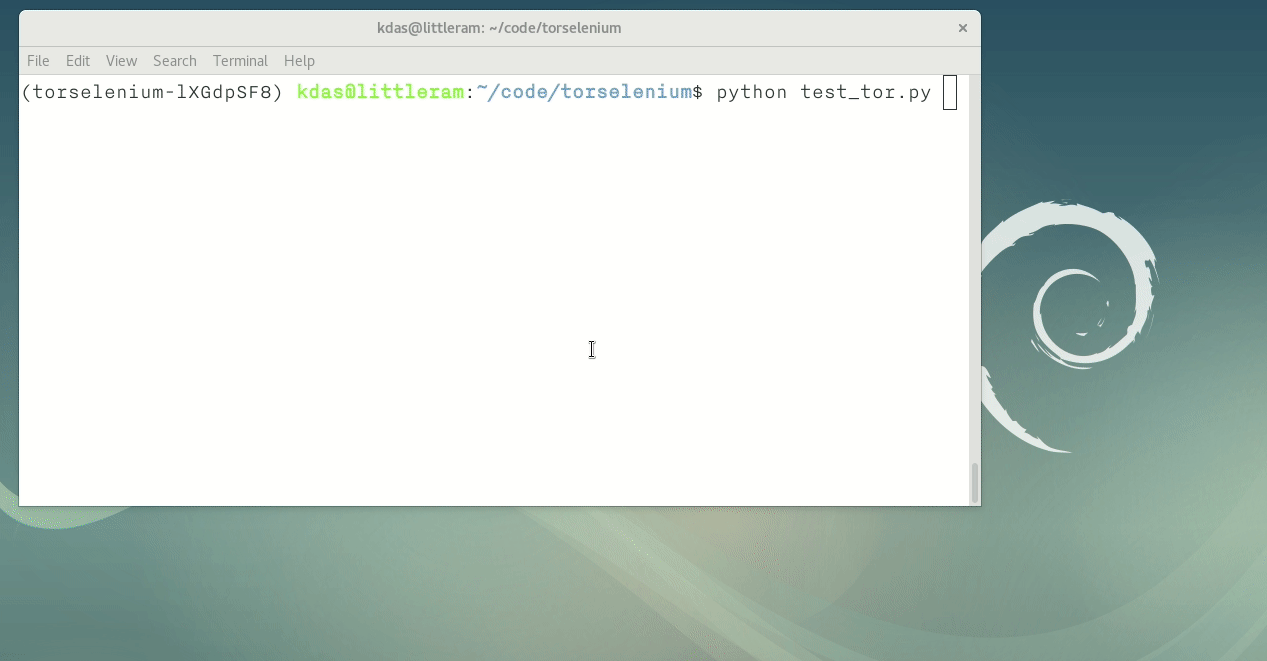Using Rust to access Internet over Tor via SOCKS proxy 🦀
Tor provides a SOCKS proxy so that you can have any application using the same to connect the Onion network. The default port is 9050. The Tor Browser also provides the same service on port 9150. In this post, we will see how can we use the same SOCKS proxy to access the Internet using Rust.
You can read my previous post to do the same using Python.
Using reqwest and tokio-socks crates
I am using reqwest and tokio-socks crates in this example.
The Cargo.toml file.
[package]
name = "usetor"
version = "0.1.0"
authors = ["Kushal Das <mail@kushaldas.in>"]
edition = "2018"
# See more keys and their definitions at https://doc.rust-lang.org/cargo/reference/manifest.html
[dependencies]
tokio = { version = "0.2", features = ["macros"] }
reqwest = { version = "0.10.4", features = ["socks", "json"] }
serde_json = "1.0.53"
The source code:
use reqwest;
use tokio;
use serde_json;
#[tokio::main]
async fn main() -> Result<(), reqwest::Error> {
let proxy = reqwest::Proxy::all("socks5://127.0.0.1:9050").unwrap();
let client = reqwest::Client::builder()
.proxy(proxy)
.build().unwrap();
let res = client.get("https://httpbin.org/get").send().await?;
println!("Status: {}", res.status());
let text: serde_json::Value = res.json().await?;
println!("{:#?}", text);
Ok(())
}
Here we are converting the response data into JSON using serde_json. The output looks like this.
✦ ❯ cargo run
Finished dev [unoptimized + debuginfo] target(s) in 0.06s
Running `target/debug/usetor`
Status: 200 OK
Object({
"args": Object({}),
"headers": Object({
"Accept": String(
"*/*",
),
"Host": String(
"httpbin.org",
),
"X-Amzn-Trace-Id": String(
"Root=1-5ecc9e03-09dc572e6db5357f28eecf47",
),
}),
"origin": String(
"51.255.45.144",
),
"url": String(
"https://httpbin.org/get",
),
})
Instead of any normal domain, you can also connect to any .onion domain via the same proxy.


